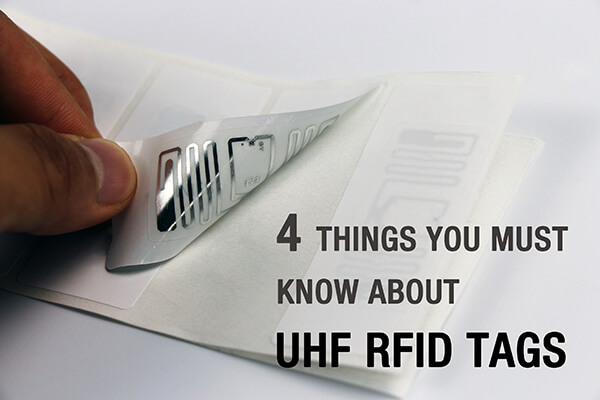UHF RFID is the fastest-growing segment of the RFID market. These tags are known for generating long read ranges. These tags operate at a frequency of (860-960 MHz). RFID reader, RFID tag, antenna, and cable are the main components that make up every UHF RFID system. UHF RFID is quickly surpassing LF and HF RFID as the go-to asset management and tracking technology. Here are the things you should know about UHF RFID.
UHF RFID tags don’t have a battery
UHF RFID tags are powered exclusively by electromagnetic waves. However, those with batteries active RFID tags and battery-assist passive RFID tags can achieve much longer read ranges. This is because of the battery’s stronger power source. Compared to LF and HF tags, passive UHF tags are easier and cheaper to manufacture.
RFID tag position matters
With passive UHF RFID, the material the tag will adhere to and what you are going to tag makes the difference. These tags cannot be read through liquids or metals. With RFID, energy and matter will affect the tag choice. Both active and passive RFID tags are directional, therefore, tag manufacturers must provide placement directions to optimize each tag. To get a proper reading each time, it is important to maintain the RFID tag and RFID reader orientation. Also, depending on the tag, the read range can vary from inches to over 120 feet. To ensure the best reactance, each tag type has a uniquely shaped antenna.
The integrated circuit (IC) has four memory banks
The 4 memory banks are used for processing information, sending and receiving information, and anti-collision protocols. Each IC type is unique and the main variation between ICs in the respective memory banks is the number of bits. These memory banks are;
- EPC- It contains the Electronic Product Code which varies in length from 96 to 496 bits. Some manufacturers use random repeating numbers while others use a unique randomized number.
- TID- It contains the Tag Identifier which is a set randomized unique number. The reader’s settings must be changed to accommodate for it to read this number instead of the EPC.
- User- Even though it is not included on every IC, the User memory bank can range from 32 bits to over 64k bits. A tag can be used for user-defined data about the item if it doesn’t possess a User memory bank. This could be information like serial number, item type, or last service date.
- Reserved- It contains the lock and access passwords, enabling the tag memory to be locked by the user and require a password to edit or view.
You may need to reencode a tag without a unique randomized EPC number with a new, specific number because RFID readers cannot differentiate between two tags that share the same EPC value.
RFID reader position matters
RFID readers send out ultra-high frequency directional waves to backscatter with RFID tags. Unless the device and tag are aligned, a full performance read cannot take place. RFID readers can be multi-directional and circular. If multiple tags are in the reading area, the anti-collision (an algorithm on each tag) defines the order in which to reply.
Nexqo is a professional RFID hardware provider with more than 10 years of experience in the RFID industry. Click here to learn how the RFID label works.
You can also click here to learn more about the products that you can use in your project. If you are not sure, welcome to contact our sales experts any time.
.png)
